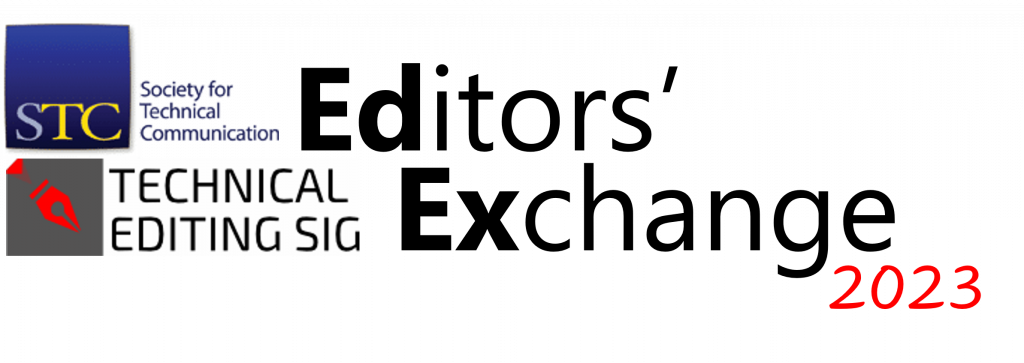
The goal of the STC Technical Editing SIG (TESIG) is to provide its members with high quality information about editing processes and best practices, as well as resources that demonstrate the value of editing and editors in an organization.
To meet this goal, we are happy to announce EdEx23, an online mini-conference dedicated to the field of technical editing and to technical editing practitioners.
EdEx23 will be held on 14 November 2023 from 8:45 AM to 12:00 PM ET (for your local time, go to https://tinyurl.com/cw228pyx). Come hear the following fascinating speakers:
- Chelsea Fulton will be presenting a session called “Write It Right: Implementing a Global Style Guide“.
- Fatima Hyder will be speaking about “Technical Editors – What Are They Good For?“.
- Leah Guren will talk about “Don’t Touch That Doc ’til You’ve Had the Talk!”.
We especially encourage students and new technical editing practitioners to join us!
To see details about the presentations and to purchase tickets for EdEx23, go to https://tinyurl.com/35w7ae8p.
The price of the tickets is for the entire mini-conference, and attendees can join at any time. All sessions will be recorded, and the recordings and slides will be made available to attendees after the mini-conference.
EdEx23 attendees who are STC members can earn up to 2 CEUs for the full half-day program. For credit, submit a request for CEUs to certification@stc.org.

